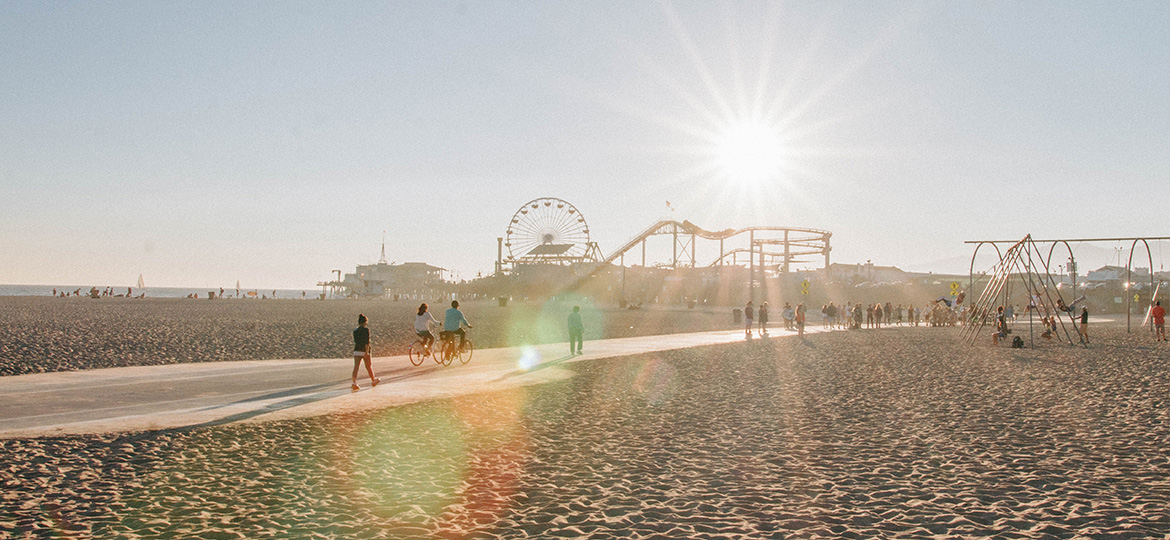[vc_row][vc_column][vc_column_text]
Note: Each month, The Rosy Blog highlights a different theme in our weekly posts. In March, our theme is Branding 101. What do people mean when they talk about brand? As a business owner, when is it the right time to invest? How do you know? What should you get?
In last week’s post, Melissa laid out the five major components of a complete brand and raised the question of how you know when it’s time to invest in building them out for your company. There are several key events that signal brand work is in order. But, the very first event, the one that all companies face, is startup.
I’ve heard startup compared to riding a roller coaster. It’s exciting, scary, fast, and disorienting. Of course, there is (at least) one big difference between the two; assumed safety. Yeah, it’s scary to strap yourself onto an open air train and go from zero to 149 mph in five seconds—but you can very much assume it’s safe and that you’ll live to tell the tale. Not so with your business. Imagine if 50% of roller coasters failed! Admittedly, you’re not risking life and limb—just your savings, your career, and your relationships. And it’s entirely up to you ensure your safety.
It’s critical that when up is down, down is up, and you’re making 149 decisions in five seconds, that you still have your eyes on the horizon. Your brand can do that for you.
Many startups invest in branding at the outset only as far as a name and a logo. Maybe some colors. We love all those things! The visual definition of a brand is definitely a must-have, so people can find you on the shelves, recognize you, and choose you over the competition. But jumping into that part of the process without doing the foundational strategic work and categorizing the rest as nice-to-haves is a little bit like deciding the safety harness is optional. That’s really scary because you can easily get off track, spend money on materials that don’t deliver on your core value, fail to connect to the right audience, or miss an opportunity to differentiate yourself and really make a competitive splash.
Here’s how a fully developed brand can keep you in your seat and on track.
It clarifies what is important. It’s hard to keep priorities straight when everything feels like it needs to happen immediately. The branding process makes you put a stake in the ground about what is most important and narrows your focus on the audience that you’re best suited for and what you offer them.
Decision making is easier. True brand building creates an entity with a personality, a language, and a purpose. The brand, in some ways, becomes your partner. When faced with a decision you can ask “what would the brand do?” A well-built brand will have the answer, and it’ll usually be the right one.
It brings people in. None of us can do this alone. We need investors, partners, vendors, customers and employees. To benefit from these stakeholders you must first get their buy-in. They need a reason to believe and they need to believe that they belong. A creatively expressed brand rooted in a strategic foundation will help you know your audiences and help them say yes.
And those three things are on top of the core value—a well-defined and consistently applied brand makes you more recognizable, easier for your customers to fall in love with, and prolongs the value you get out of every marketing dollar by extending the life of your creative work.
No matter what you do, the startup rollercoaster will eventually end and your brand will need a refresh to shift gears again. Melissa will talk about that more about that scenario in her post next week.
Photo by Sonnie Hiles via Unsplash
[/vc_column_text][/vc_column][/vc_row]

